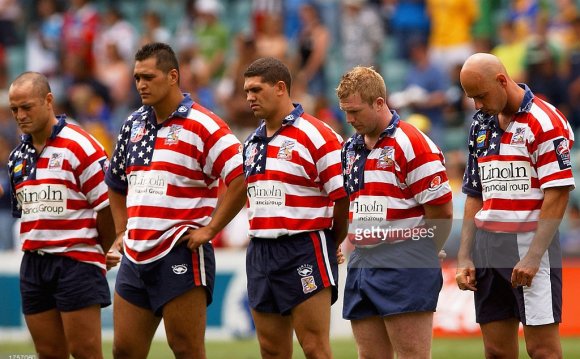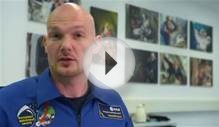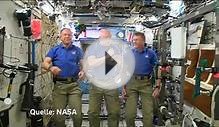
Virgin Galactic's SpaceShipTwo accident proved what astronauts and their families know too well: Space can be deadly.
The pilot who died Friday would be the 20th person killed in flight in either a space mission or a flight test. Add the three Apollo 1 astronauts who died in a 1967 fire during a ground test, and the death toll reaches 23. Add the pilots dying in more routine training flights and civilians killed on the ground in launch accidents, and the numbers are likely well past 150, according to space historian Roger Launius, associate director of the National Air and Space Museum in Washington.
These were people who were "pushing back the frontiers" of space flight, Launius said.
SPACE SHUTTLES
Two catastrophic space shuttle accidents killed 14 people, by far the deadliest of space accidents.
On Feb. 1, 2003, the space shuttle Columbia disintegrated over Texas while returning home, killing seven people. An investigation later found that foam that fell off the shuttle's external tank during launch damaged the delicate tiles that protect the shuttle from getting too hot on re-entry. The crew was Commander Rick Husband, William McCool, Michael Anderson, David Brown, Kaplana Chawla, Laurel B. Clark and Israeli astronaut Ilan Ramon.
On Jan. 28, 1986, a faulty seal in a booster rocket led the space shuttle Challenger to explode 73 seconds after launch. Seven people died. They were Commander Richard Scobee, Michael J. Smith, Judith Resnik, Ellison Onizuka, Ronald McNair, Greg Jarvis and Christa McAuliffe, who was chosen to be the first teacher in space.
SOVIET SOYUZ
On June 30, 1971, three cosmonauts died on Soyuz 11 after undocking from the Salyut 1 space station. When their ship landed, it was opened and Georgi Dobrovolski, Viktor Patsayev and Vladislav Volkov were dead. Half an hour before the ship landed, a key valve opened and led to decompression and sudden death.
Cosmonaut Vladimir Komarov became the first known Soviet space fatality when his Soyuz 1 ship's parachute did not open upon returning back to ground on Apr. 24, 1967.
X-15
The X-15 was an Air Force/NASA project that explored near space and at times passed the 50-mile (80-kilometer) mark, considered the start of space. Michael Adams died on Nov. 15, 1967, during an X-15 test flight that reached 50.4 miles (81.11 kilometers) and he was posthumously given astronaut marks.
APOLLO 1
While technically not in flight, most experts, including Launius, count the Apollo 1 crew among space deaths. Gus Grissom, Edward White II, and Roger Chaffee died when flames engulfed their ship during a key ground test.
OTHERS
The numbers aren't clear but a 1960 Soviet launch accident killed about 160 people on the ground, including some prominent Russian space officials, Launius said. There have also been dozens of people dying in Chinese and Russian space accidents with only sketchy reports on numbers. And several workers have died at NASA's Kennedy Space Center during launch preparations.
Several astronauts and cosmonauts—including first man in space Yuri Gagarin—have died during training flights in jets or ground training accidents or routine travel for their space program.
Three people even died in the U.S. during a blast at the Mojave Air and Space Port in 2007 during testing on a rocket motor of SpaceShipTwo.
RELATED VIDEO












